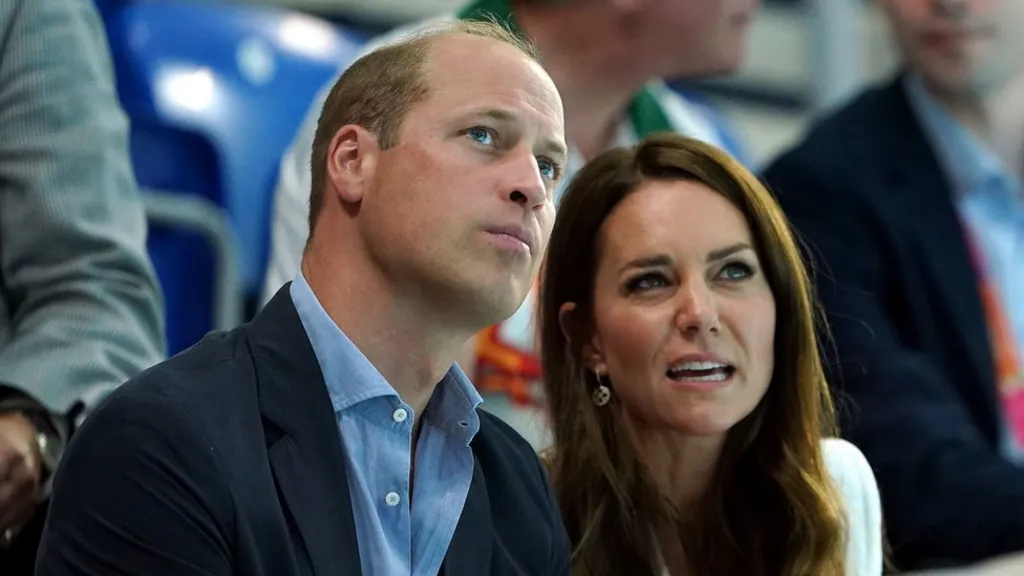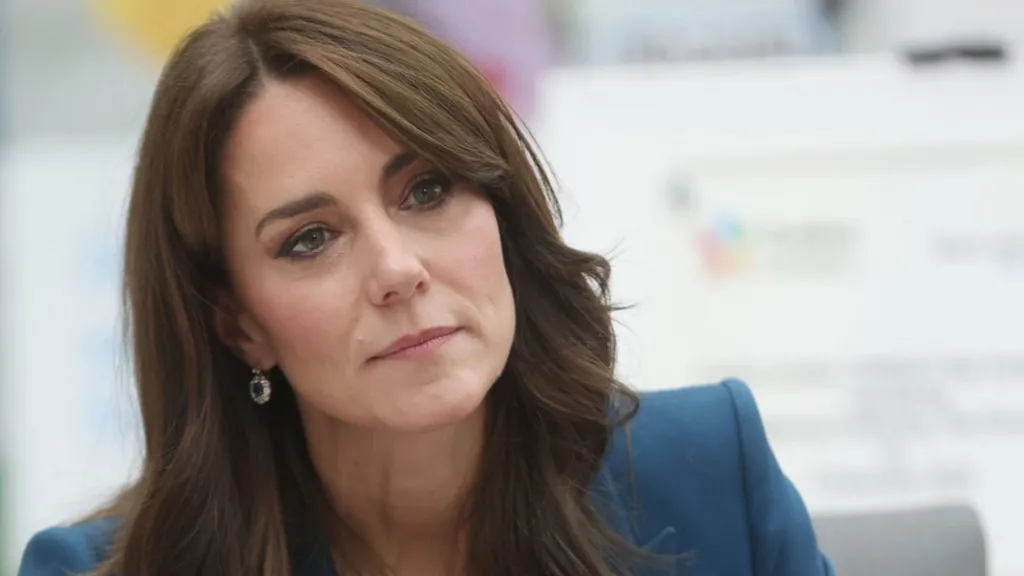Address
33-17, Q Sentral.
2A, Jalan Stesen Sentral 2, Kuala Lumpur Sentral,
50470 Federal Territory of Kuala Lumpur
Contact
+603-2701-3606
info@linkdood.com
Address
33-17, Q Sentral.
2A, Jalan Stesen Sentral 2, Kuala Lumpur Sentral,
50470 Federal Territory of Kuala Lumpur
Contact
+603-2701-3606
info@linkdood.com

Before Princess Catherine shared her cancer diagnosis with the world, there was a ton of gossip and false stories about her health online. This caused a lot of stress for her and Prince William. Security experts found that a group from Russia, known for trying to make people doubt Ukraine’s support, played a big part in spreading these rumors.

This group used well-known tactics, spreading stories that both supported and criticized the Princess of Wales. This is a typical move for Russian groups trying to mess with people’s opinions online.
Researchers at Cardiff University found that this group was behind a big push to make rumors about the princess go viral. They used popular royal hashtags a lot, which shows they were trying to control the conversation.
Even though there weren’t obvious fake accounts boosting these rumors, social media‘s own systems were already making the gossip spread. But when this group added their fake likes and shares, it got even worse.
TikTok alone got rid of over 180 million fake accounts in three months. Many accounts spreading lies about Catherine were new, showing that someone was trying hard to change what people think.
French security pointed out that online attacks against France grew when the country supported Ukraine. This shows the bigger plan of using fake news to make people distrust each other and create chaos, all while hiding the truth behind existing conspiracy theories.
Let’s dive into how Russian fake news targeted Princess Catherine, showing the methods used to spread lies about royals and what it means for everyone’s trust and big political games.

1. Who was spreading the rumors about Princess Catherine?
A group based in Russia, known for its efforts to weaken support for Ukraine, was identified as the main source behind the spread of false information and rumors about Princess Catherine’s health.
2. How did the rumors about Princess Catherine spread?
The rumors were spread using social media platforms, leveraging popular royal hashtags and manipulating social media algorithms to amplify the spread of false information. This was done without the direct use of fake accounts, although the campaign significantly benefited from artificially generated engagement.
3. What tactics did the disinformation group use?
The group used a dual approach, circulating stories that both attacked and supported the Princess of Wales. This strategy is a hallmark of Russian disinformation campaigns, aiming to create confusion and discord.
4. Why is it difficult to combat this kind of disinformation?
The challenge lies in the sheer volume of fake accounts and the sophistication of the tactics used. For example, TikTok removed over 180 million fake accounts in three months, highlighting the extent of the problem. Additionally, the disinformation often blends with existing conspiracy theories, making it hard to distinguish between genuine user-generated content and coordinated campaigns.
5. What is the broader implication of these disinformation campaigns?
These campaigns aim to erode public trust, sow discord, and manipulate the political landscape. By leveraging sensitive topics like royal family rumors, they attempt to distract and divide public opinion, often reflecting a larger geopolitical agenda, such as undermining countries that support Ukraine.
Sources BBC